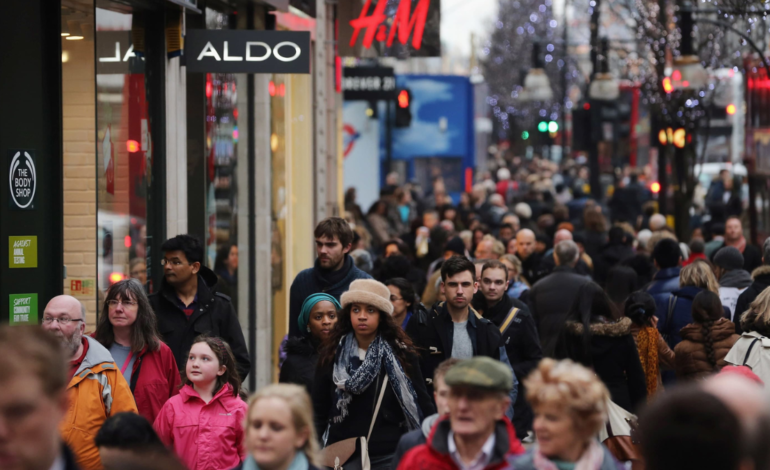UK Inflation Climbs to 3.5% in April, Raising Concerns About a Pause in Global Price Stability

The UK’s consumer price inflation unexpectedly climbed to 3.5% in April 2025, reversing part of the cooling trend seen over the past year and sparking fresh debate over whether global disinflation is stalling.
The jump from 2.6% in March represents the most rapid month-on-month inflation rise the UK has seen in more than a year. It places the UK slightly ahead of major Western peers, including the Eurozone (3.1%) and the U.S. (3.4%), both of which have also recently shown signs of inflation plateauing rather than steadily declining.
The rise was fueled by a confluence of domestic and external forces. Domestically, energy price caps were revised upwards by Ofgem, pushing household utility bills higher. Water and sewerage services jumped by 26%, and travel costs saw a seasonal spike—echoing broader global transport cost inflation.
This inflationary bump comes at a critical juncture. In 2023 and 2024, most major economies aggressively tightened monetary policy to fight inflation. By early 2025, many central banks—including the Bank of England—had begun cautiously trimming rates. But April’s UK data raises doubts over whether central banks acted too soon.
Bank of England Chief Economist Huw Pill highlighted that persistent service-sector inflation and strong wage growth are clouding the outlook for monetary policy. Across the Atlantic, similar concerns have been voiced by the U.S. Federal Reserve, which recently paused further rate cuts.
From a historical perspective, inflation surges following energy and utility price adjustments are not uncommon. The UK experienced similar price pressure waves in the early 2010s and late 1970s, often requiring multi-year policy interventions.
Chancellor Rachel Reeves emphasized that inflation continues to pose both international and domestic risks, urging a unified approach that balances fiscal responsibility with long-term economic reforms. Economists now project that inflation may rise slightly before gradually returning to the 2% target by 2027.
In the meantime, the UK joins a growing list of economies where the path to price stability remains more complex than anticipated.








